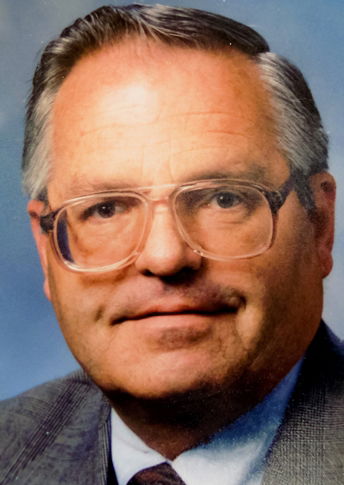Human Factors Engineering Principles for Combination Products
Faculty: John E. Lincoln | Code: MD3654
- Date:05/29/2024 11:00 AM - 05/29/2024 12:30 PM
- Location Online Event
Description
IEC 62366-1's nine stages of use / human factors engineering for use in new or changed product development, including combination products.
This webinar will provide valuable guidance to regulated companies in development and implementation of Use Engineering / Human Factors Engineering using the 9 stage model in IEC 62366-1. IEC 62366-2 on recommended implementation considerations will be briefly considered, with the focus on IEC 62366-1, the basic methodology. the webinar will show when and how these tools are incorporated into R&D design control, risk management, validation, root cause analysis, CAPA / falure investigations, GMP auditing, and liability reduction. The unique requirements of combination products will be evaluated. Unlike risk management, use engineering may not always be necessary, depending upon the user interface under review - what are the deciding factors? Use engineering is designed to reduce product risk, increase intuitive product use, reduce liability, and result in less chance of recalls.
WHY YOU SHOULD ATTEND:
Both the U.S. FDA and the EU's MDR require consideration of use engineering / human factors engineering as part of new or changed product development, especially in R&D. This includes some uniques features when combination products are involved. Companies must be proactive in evaluating a device's user interface in order to design for almost intuitive use, reducing product risk, and increasing product safety. When it must be used and where such usage may not be required. When used, companies have often not provided the full documentation for the defined nine stages of use engineering to prove compliance and assist product engineers in refining the design to increase usability and reduce use risk..
AREAS COVERED IN THE SESSION:
- IEC 62366-1 and -2 overview
- The 9 key requirements of IEC 62366-1 and -2
- UOUP
- Part 1 focuses on “what”, Part 2 on “how”
- Key is the" Interface" - What is it?
- Unique considerations for combination products
- When and how to incorporate into product development
- Planning and documentation
- A clearly defined process for US CGMPs and ISO 13485 compliance
- Incorporation into the design and development (R&D) phase
WHO SHOULD ATTEND:
This webinar will provide valuable assistance to all regulated companies that need a repeatable methodology, and their in-house personnel trained in cGMP and MDr/CE-marking compliance. It will discuss and provide examples of ISO- and FDA/CGMP-compliant product use engineering / human factors templates. This applies to companies in the Medical Device, Diagnostic, Pharmaceutical, and Biologics fields. The departments that will benefit include:
- Quality Assurance Departments
- Quality Control Departments
- Regulatory Affairs Departments
- Research and Development Departments
- Manufacturing Departments
- Engineering Departments
- Operations Departments
- Production Departments
- Risk Management Professionals
- Everyone tasked with product develop, use / human factors / hazard reduction and problem solving
Course Director: JOHN E. LINCOLN
 | John E. Lincoln, is Principal of J. E. Lincoln and Associates LLC, a consulting company with over 36 years experience in U.S. FDA-regulated industries, 22 of which are as an independent consultant. John has worked with companies from start-up to Fortune 100, in the U.S., Mexico, Canada, France, Germany, Sweden, China and Taiwan. He specializes in quality assurance, regulatory affairs, QMS problem remediation and FDA responses, new / changed product 510(k)s, process / product / equipment QMS and software validations, ISO 14971 product risk management files / reports, Design Control / Design History Files, Technical Files, CAPA systems and analysis. He’s held positions in Manufacturing Engineering, QA, QAE, Regulatory Affairs, to the level of Director and VP (R&D). In addition, John has prior experience in military, government, electronics, and aerospace. He has published numerous articles in peer reviewed journals, conducted workshops and webinars worldwide on CAPA, 510(k)s, risk analysis / management, FDA / GMP audits, validation, root cause analysis, and others. He writes a recurring column for the Journal of Validation Technology. John is a graduate of UCLA. |